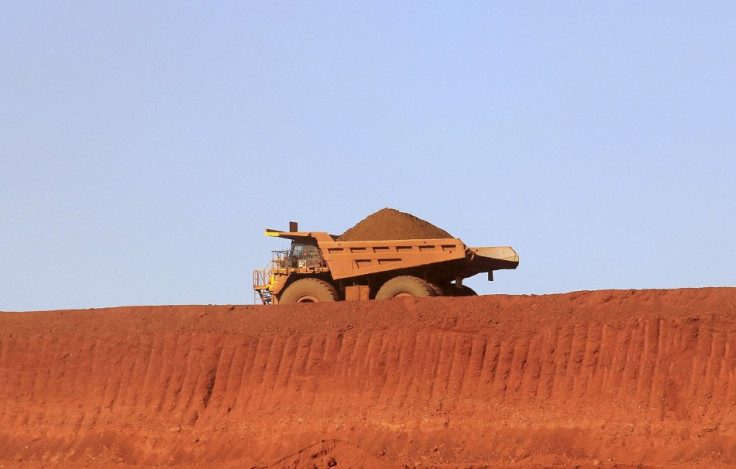Australian Central Bank Cuts Outlook on Weakness Outside Mining Sector
Growth forecast for 2013 downgraded to 2.5% from the earlier estimate of 2.75%

The Reserve Bank of Australia has slashed its economic outlook mainly due to the weak conditions outside the mining sector, unemployment rates and the local currency's strength.
"The soft outlook over the next year or so reflects a number of factors," the central bank noted in its quarterly monetary policy statement.
"Mining investment is expected to peak, both fiscal consolidation and the persistently high level of the Australian dollar will weigh on growth, and there is little sign of a near-term pick-up in non- mining business investment."
RBA acknowledged that the global economic prospects have improved in the recent months and China has relatively recovered from its recent slowdown. The lender predicted growth to remain at 2.5 percent in the year to June 2013, down from the 2.75 percent estimated in November.
Inflation was forecast to pick up to 3 percent, down from the earlier estimates of 3.25 percent.
The central bank had maintained its benchmark interest rates at 3 percent this week, as it tried to support industries and stabilise the economy. Analysts note that the subdued inflation targets leaves doors open for a rate cut if needed.
"It's a statement of two halves: more optimistic on the global backdrop, and more benign on the inflation outlook," said Glenn Maguire, principal of Asia Sentry Advisory Pty Ltd. in Sydney told Bloomberg.
"It leaves the door open to rate cuts if the downside risk to inflation is greater than the upside risk to global growth."
According to a Bloomberg report, traders suggest that there is a 50-50 chance that the central bank may resort to lower rates by a quarter to 2.75 percent in the coming month.
RBA raised concerns on the Australian dollar's -also known as the Aussie - strength as well, suggesting that impact of the exchange rates may be more than expected. The local currency has traded at an average $1.03 in the past two years, firming from an average level of 76 cents in the previous decade.
The central bank further indicated that the labour market remained cautious as mining-related sectors scaled down hiring and cut expenses. Government data this week had shown that the unemployment rate remained unchanged at 5.4 percent in January, as more people sought part-time work and less people looked for jobs.
Employment concerns have hurt retail spending and consumer confidence remained flat in January, prompting RBA to give a weaker outlook.
"Looking ahead, consumption spending is expected to grow a little below trend in the near term before picking up slightly," the RBA said.
"The household saving ratio is expected to remain fairly steady."
High terms of trade had helped Australian economy in 2011, but RBA noted that the conditions had weakened in 2012. The recent surge in iron ore prices have been beneficial after the three-year low reached in September but analysts are speculative on the direction on the prices in the coming months.
Demand for iron ore, coal and natural gas from emerging economies such China and India remain the major drivers for Australian economy. The recent Chinese slowdown had a negative impact on the country, but the Communist government's stimulus and spending plans had revived orders.
© Copyright IBTimes 2025. All rights reserved.





















